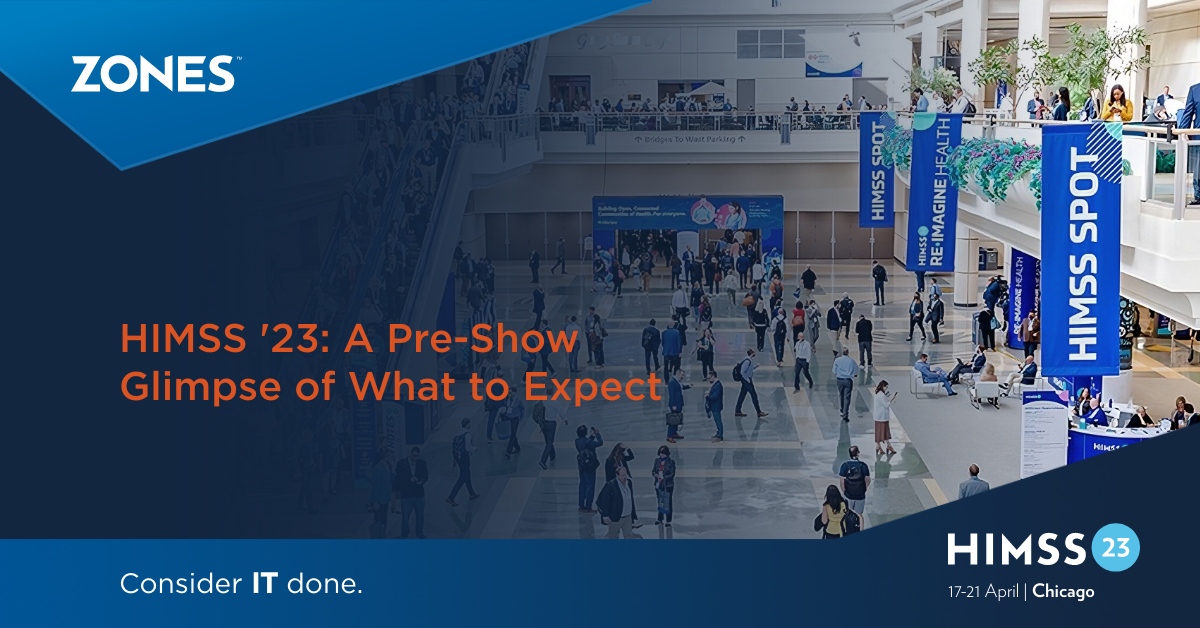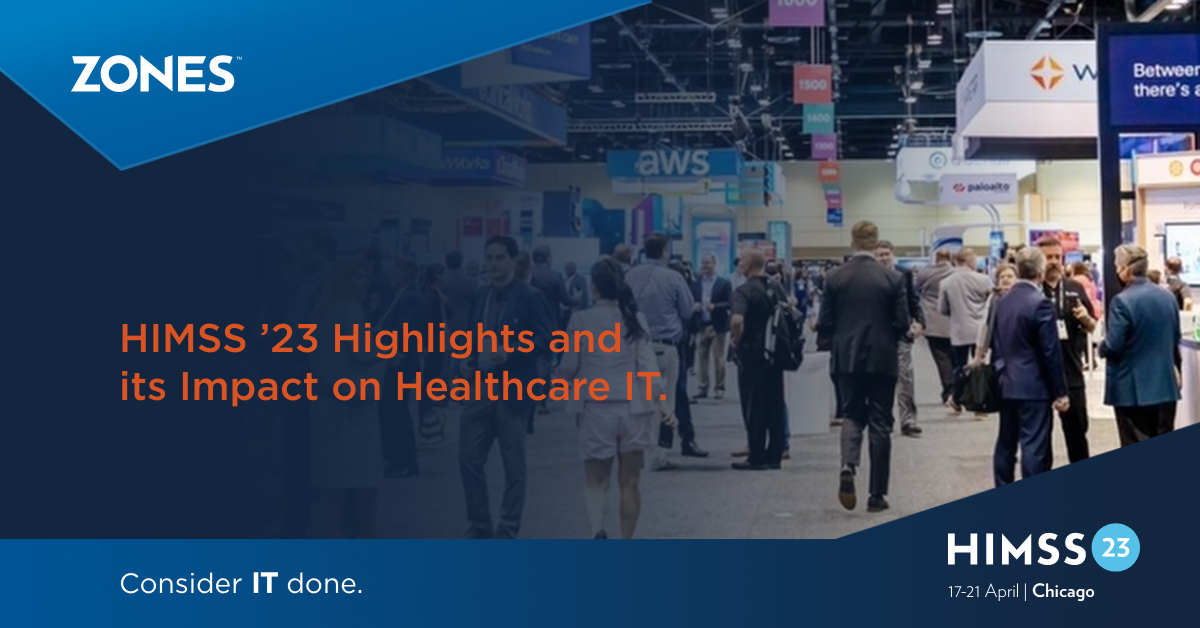HIMSS '23: A Pre-Show Glimpse of What to Expect
For over 60 years, the Healthcare Information Management Systems Symposium (HIMSS) global conference has remained a central platform for healthcare...
2 min read
![]() Zones
:
Mar 11, 2021 4:00:00 AM
Zones
:
Mar 11, 2021 4:00:00 AM

The events of the last 12 months have taught business leaders a lot about how to manage IT. That’s perhaps especially true when it comes to security fortification – recently, we’ve seen cybersecurity threats become far more daunting, and businesses’ security postures have changed as they’re dealing with a far more remote work environment. Corporate leaders have been scrambling to fortify their defenses so their employees won’t be disrupted by unexpected security incidents.
As we enter 2021, the goal for many businesses will be operational resiliency. The key is to build a business that’s strong enough to withstand anything – even a major cyberattack – and for its staff to continue being productive through it all. Pulling this off requires having a strategic, holistic view of everything that could go wrong and how your business would respond. This begins with having the right mindset.
According to Microsoft, this mindset is one called “zero trust.” Put simply: Zero trust means that when a user or a device logs onto your network, they are not automatically trusted. Instead, they’re put through a rigorous process to identify them, verify their security, and closely monitor their access.
A zero-trust approach begins with identification. Rather than trusting users implicitly when they connect to a network or VPN into it, a smart organization will explicitly find out who’s accessing their system and why. This means they need strong authentication and authorization methods that use all available data points to identify users – this may include location, device health, service or workload, data classification, and any other device anomalies. Using this information, organizations can paint a clear picture of each user. From there, they should be “least privileged access” – in other words, when someone logs in to complete a task, they’re granted the minimum level of access needed to complete that task.
Perhaps in the past, organizations lived in fear of a data breach. Now, though? Smart organizations know to expect them. Security threats today are so prevalent, it just makes good sense to assume that a breach is coming and prepare accordingly. This is a fundamental aspect of the zero-trust model. When you know that data breaches are coming, you can skip the panic and fear and simply get to work fighting them. You can apply strategic methods such as micro-segmentation and real-time analytics to detect attacks quickly and remediate them without skipping a beat.
The long-term goal here should be to future-proof your organization’s security posture. Threats are only becoming more daunting, and managing all your users continues to get more difficult as more and more people transition to remote work. It’s never been more difficult to predict what will happen to your IT next. The best you can do, therefore, is to build a smart and resilient organization that’s ready for whatever disaster scenario comes your way. Zero trust helps you do that. It allows you to harden your defense while still providing employees access to the critical data they need to do their jobs.
At Zones, we are fully committed to helping you guarantee your user authentication is seamless and secure. We know that identity-based attacks against organizations have increased 300% in the past year, and we don’t want to see your organization become the next victim. Working closely together with Microsoft 365, which provides holistic identity protection to secure your users, we will help you fortify your defenses and move forward safely in this harsh new environment. Connect with us today if you’d like to begin this journey.

For over 60 years, the Healthcare Information Management Systems Symposium (HIMSS) global conference has remained a central platform for healthcare...

Uniting over 35,000 healthcare professionals, innovators, and global market suppliers at the world's largest international event on medical...
1 min read
Quick question: What’s a better investment of IT resources – configuring printers or optimizing cloud strategy? No, it’s not a trick question....